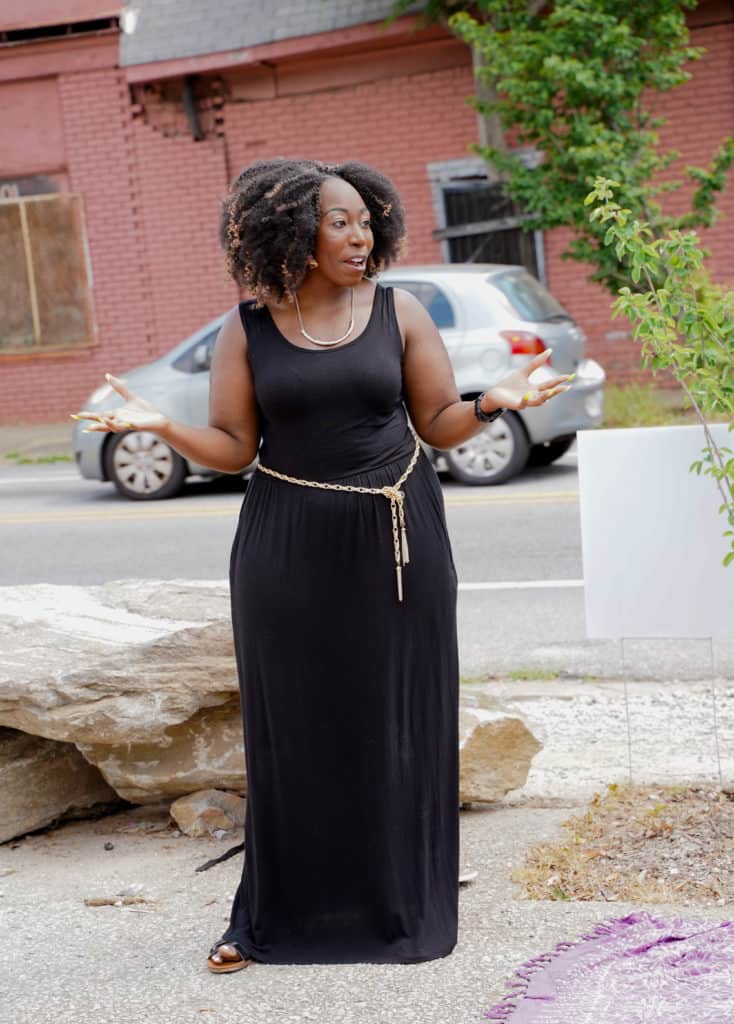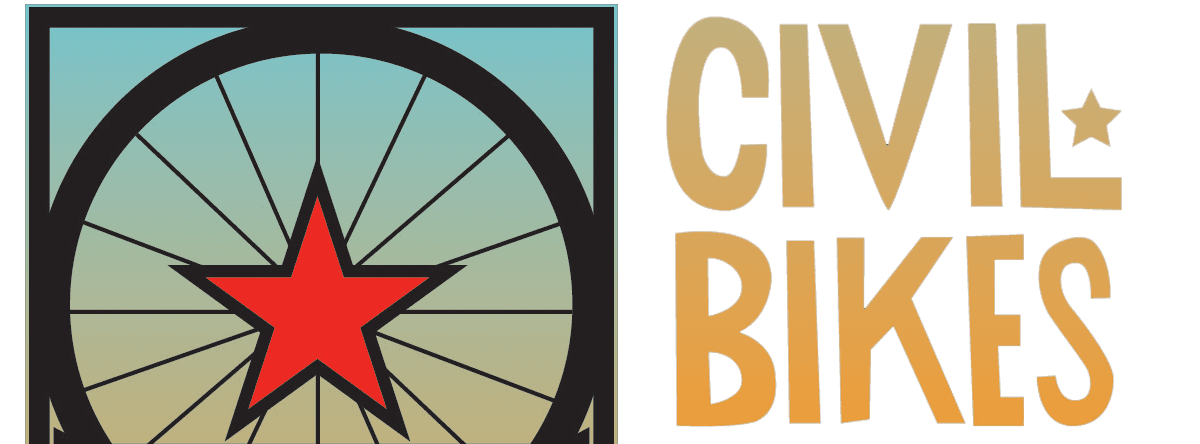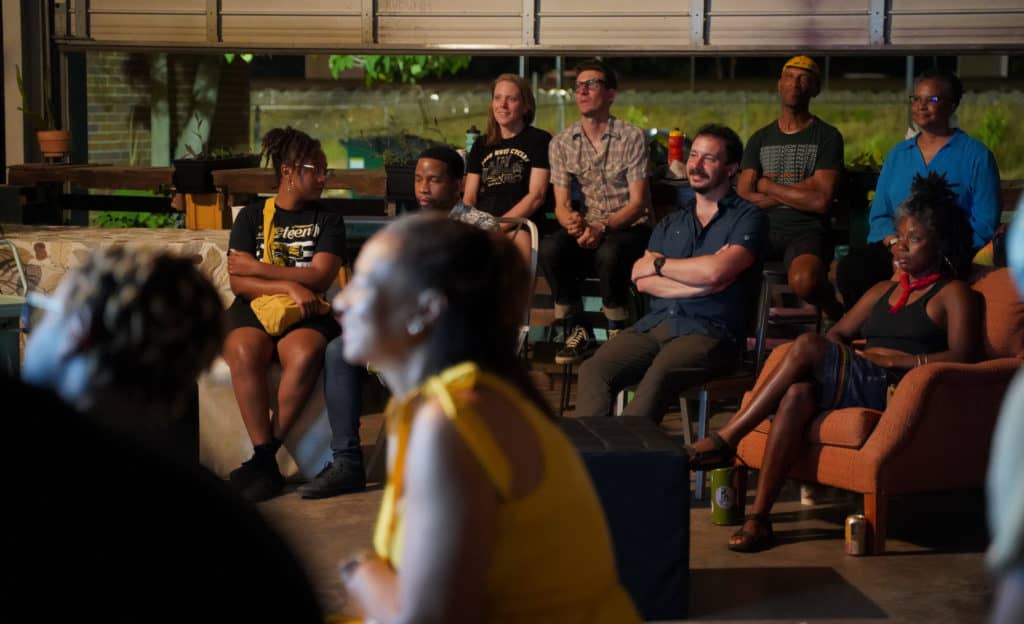Op ED: Reflections after the first Save Your Spaces Festival.
Remembering the past is as old as the existence of humanity. But lately, we’ve become disconnected from the ways we remember as we move towards socially innovative platforms like Instagram or TikTok. We lose practice with collective forms of remembering which make room for the exchange of knowledge, sharing of past experiences, and incorporating the new into the old story. These exchanges were “time-honored traditions” that were characteristically analog, slow, and sometimes confrontational. Cultural and historic preservation does something for us. It tells us who we are, where we have been, and what’s possible in the future.
As a society, we are addressing contested history stemming from an incomplete historical record. This is due to the failure to tell diverse histories. One effect is the minimization of Black life, Black people’s contribution to American society, and the erasure of Black citizenship. By building a movement of people most proximate to these histories and embodying the narratives is how we move forward to address the dearth of recorded histories. A movement where Black people control their legacies; will be evidenced when individuals and communities determine documentation methods, design saving practices, and conceptualize and frame narratives.
Preservation continues to be afraid of centering Black people in leadership positions, resources pass through the strictures of designation standards and funding classifications that readily limit participation in the process. Kofi Boone codified the term, “Black Space”, which are places such as Main Street, HBCUs, churches, etc. He puts Black struggles into perspective with a fuller informed knowledge of Black history. These struggles are less about trauma and instead become stories of endurance, ingenuity, innovation, and presence all anchored within the built environment. Moving through the timeline from Reconstruction to the Twenty-first Century, there are remarkable historical gems we’ve yet to fully understand. We still are tracing the impacts of Enslavement, legalized segregation codified in the Black Codes and Jim Crow laws, racial terrorism and violence, and limitations placed on land ownership and employment on today’s disparities and inequality. The complexity of history is interpersonal in nature and begins with acceptance of and making room for people to share their stories.
Where do we begin? We begin with remembering- engaging ourselves intimately, expanding outward to family, community, and society. Using culturally relevant co-designed tools and practices is a key ingredient in the process. These tools and practices are constructed or retooled or dusted off, by and within Black communities where the history was lived. The results will be a more cohesive understanding of Black beingness and vibrant, sustainable neighborhoods. In this period of great divisiveness, incorporating culturally relevant preservation and meaning-making practices provides a perfect opportunity for preservation to become a tool of change, agency, and community building.
Atlanta has a blueprint of how to do culturally relevant preservation work, through the example of how Mrs. Coretta Scott King devised a strategy to preserve Rev. Dr. Martin Luther King Jr’s legacy. And by the work of the first Black librarian, Annie McPheters, who started the Negro Collection, which serves as the foundation of the archives held at Auburn Avenue Research Library. The integration of Black cultural landscapes and artifacts as neighborhood resources ensures that heritage and traditions, historic buildings, and spaces remain intact and part of the community fabric. Embedded within these cultural resources are represented innovative solutions to address poverty, police and gun violence, and increase health wellness, and joy just to name a few. The vision offered within Black narratives, filtered through a lens of love and care, creates fertile landscapes full of reinvigorated and resolute neighborhoods. These resplendent landscapes require designation and funding, as a means of incorporating them as sustaining community anchors.
Here are ways to address cultural and historical erasure:
- Acknowledge that preservation has operated with a preference towards Eurocentric people, history, culture, and heritage—a historical bias toward unity and universality that has resulted in an oversimplification of diverse heritages.
- Cultural institutions operate with transparency and develop relationships within diverse communities that include critiques and accountability. These communities should be seen as stakeholders and not just objects of curiosity.
- Recognize the impact of systemic racism and trauma resulting from preservation and development practices. Work to incorporate preservation and development as a means to restore dignity to communities.
- Co-design preservation methods with BIPOC practitioners and residents.
Increasing our attention to Black histories and cultural resources signifies a necessary collective shift of valuing Blackness. Understanding the complexity of story and place, layered with truth and grace and honor for our ancestors, we are liberated. And we celebrate our distinctive heritages and cultures and practice our traditions with joy and enthusiasm, fully aware of our own resilience and innovative spirits. The time for culturally relevant preservation practices is now. To complete this shift, institutions (including municipalities, academia, and non-profits) and resources are to operationalize equity and belongingness by supporting organizations that are rooted within the community and serving to cultivate preservation practices that are culturally relevant and working to reaffirm our histories and heritages.
Community-facing organizations are to maintain a reflective stance and constantly ask:
- What are we preserving?
- What purpose do materiality (objects, artifacts, oral histories), narratives, spaces, and places serve?
- Are we telling the story in a nuanced and expansive way?
- Is the format congruent with the culture?
Black, Indigenous, People of Color, Queer, Immigrant, and Refugee-led preservation organizations must also clarify and intensify their vision for their community, their historical narratives, and their futures. By incorporating these practices and developing a reflective way of engaging the past beyond our communities, we will then be able to hold diverse perspectives of history. I believe that history and heritage preservation are powerful enough to create pathways that fully connect and engage all of us in the process of creating equitable futures.



